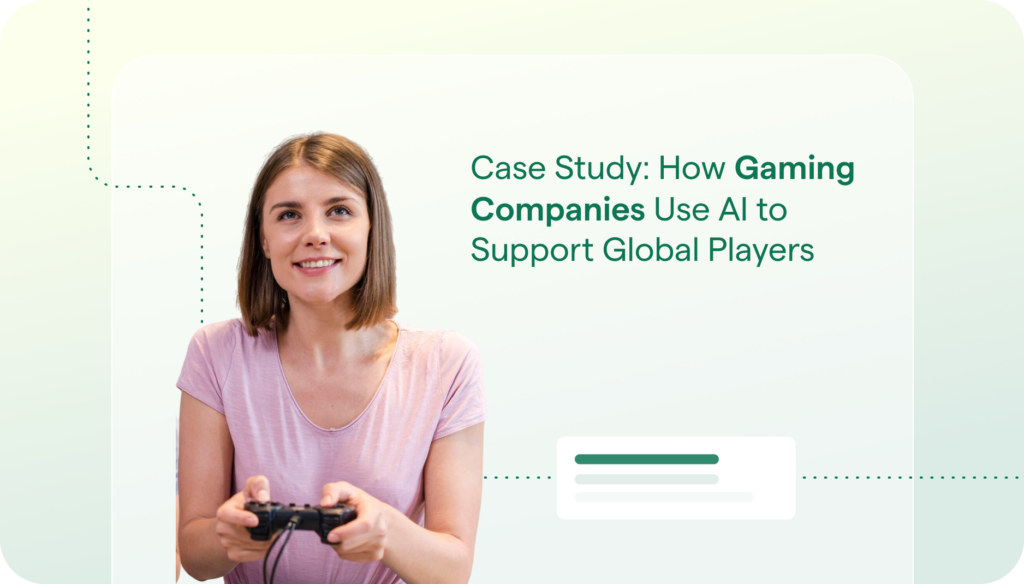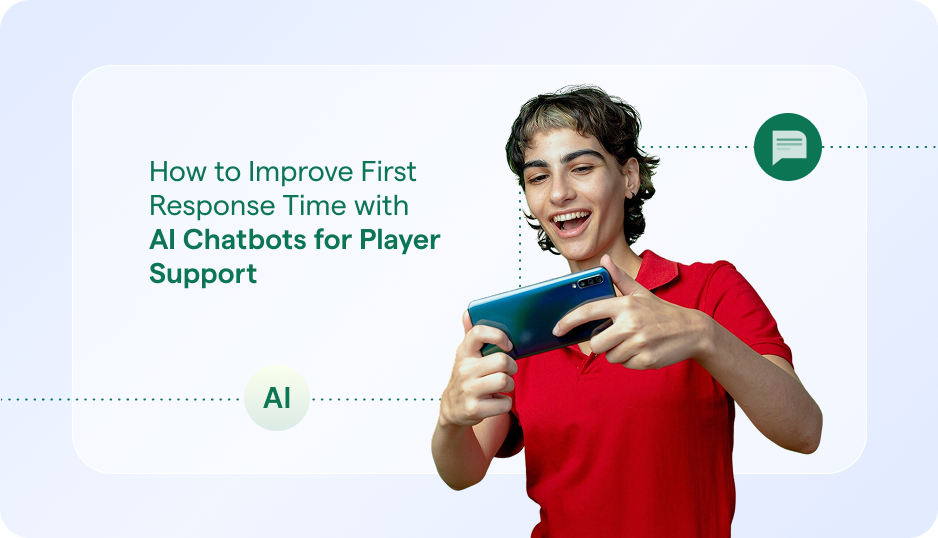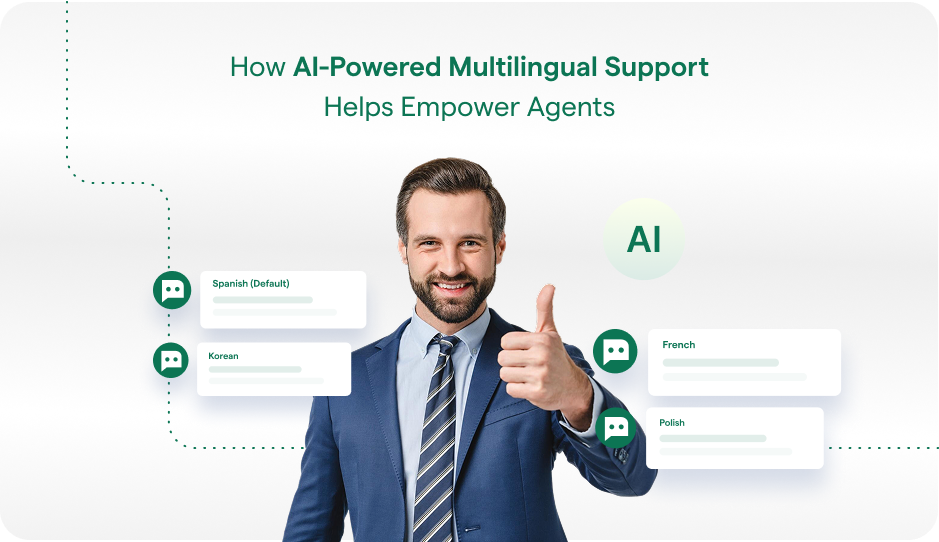What is An Intent Classification?
Intent classification is a crucial process in artificial intelligence, machine learning, and chatbot technology that involves identifying and categorizing a customer’s intent based on the language they use. By analyzing the words and phrases in a customer’s query, the system determines what the customer is trying to accomplish.
For example, if a customer types, “How can I find my order status?” into a chat window, the system recognizes that the customer is asking for order status information. The machine then classifies this intent and directs the customer to the appropriate agent or automated response that can resolve the query efficiently. Intent classification ensures accurate and faster responses in customer interactions.

Why Does Intent Classification Matter to Customer Service?
Intent classification matters because correctly classifying customer intent up front leads to a much quicker and more friction-free experience for the customer (as well as any agents involved). Agent time is not wasted on poorly directed customer queries, and more importantly, customer time is not wasted.
Efficient intent classification doesn’t just figure out what the customer needs. It can go as far as determining customer sentiment and parsing when a customer is a VIP or in any other way deserving of expedited service.
Bottom line, the ability to interpret what a customer is looking for no matter how they word the request (including typos and poor grammar) is the key to solving customer problems quickly.
How Helpshift Supports Intent Classification
Driven by a type of AI called machine learning, Helpshift’s intelligent intent classification and routing frees your team up from having to manually triage incoming queries, with an AI-powered intent classification engine that allows you to customize and deploy AI models that automatically label incoming customer issues. The AI algorithm only needs to be trained once, and outperforms standard keyword automation. It also improves continuously over time.
Helpshift’s AI-enabled intent classification engine is called SensAI Predict. The state-of-the-art algorithms that power it have their roots in semantics and contextual similarity versus traditional models that use statistical significance or rule-based labelling. Helpshift’s intent classification tool allows admins to provide feedback on incorrect predictions in order to hone and refine accuracy over time, but the model need only be trained once. Best of all, Helpshift’s intent classification engine does not require engineers to operate. It’s designed for non-technical users such as customer service admins.
Additional Information About Intent Classification
- Products: Customer Service Automation
- Products: Let AI Automate Your Skill Based Routing
- Products: Comprehensive Case Management
- Blog post: The New Imperative of AI-Powered Issue Classification: Why We Created Helpshift Predict
- Glossary: Issue Classification



